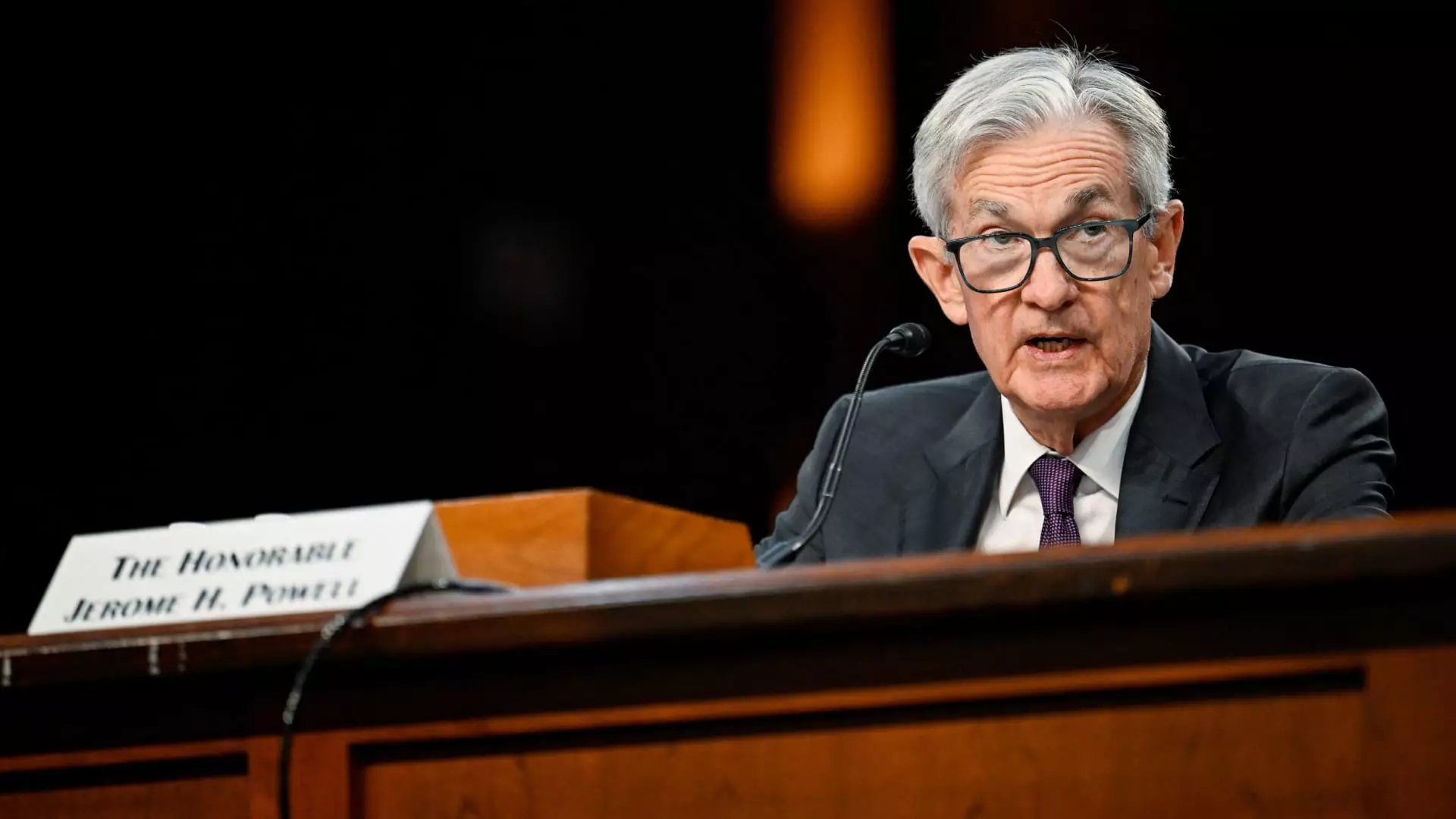In the dynamic economic landscape of the United States, the Federal Reserve finds itself in a unique position: one that walks the delicate line between vigilance and uncertainty. Policymakers have frequently articulated that their stance is “well-positioned” to respond to various risks, both positive and negative. However, recent analyses indicate a more nuanced reality—one where the Fed’s policy appears to be mired in a state of inertia, primarily taking a neutral approach as it grapples with a plethora of economic unknowns. This perception raises questions about the resilience and adaptability of the U.S. economy amid fluctuating external pressures.
The commentary from Atlanta Fed President Raphael Bostic highlights these sentiments aptly. He noted—through a blog post—that the prevailing enthusiasm for potential regulatory and tax shifts simultaneously exists alongside a cloud of uncertainty regarding trade and immigration policies. The oscillation between optimism and apprehension complicates the formulation of effective monetary policies, creating an environment where unpredictability reigns.
Bostic’s observations are well-timed, particularly during a weekly event colloquially known as “Fedspeak,” where central bankers and policymakers share insights outside regular meetings. A salient theme emerging from these discussions is the recognition of uncertainty—an acknowledgment that has increasingly crept into policymakers’ communications. The Federal Open Market Committee’s minutes from late January serve as a testament to this, featuring numerous references to the unpredictable economic landscape.
Among the uncertainties, the repercussions of potential changes in trade and immigration policies loom large. For instance, the potential introduction of tariffs not only affects international relations but also instills anxiety in business leaders and consumers alike, which in turn could influence inflation rates—a critical focus of the Fed’s mandate. The dual threats of employment stability and shifting inflation metrics form a challenging backdrop for the Federal Reserve’s decision-making processes.
As inflation trends remain somewhat elusive, it becomes increasingly important for the Fed to strike the right balance between tightening monetary policy and safeguarding economic stability. With a long-standing inflation target of 2%, the Fed has struggled to maintain an environment conducive to achieving this goal. St. Louis Fed President Alberto Musalem’s assertions highlight concerns regarding the inflation trajectory. He suggests that while the current baseline may seem moderate, risks of inflation drifting upwards cannot be disregarded.
This intricacy is further complicated by external factors, such as tariffs. With ongoing trade negotiations and policy shifts, the potential for inflationary pressure adds another layer of complexity to the economic forecasting employed by the Fed. The hesitance among officials to make definitive moves, such as lowering interest rates, underscores a cautious approach to an unpredictable economic climate.
Beyond the immediate concerns of inflation, the Federal Reserve has a duty to monitor the overarching financial landscape for potential threats. The January minutes delineated heightened apprehensions related to financial stability, particularly concerning high levels of leverage and long-duration debt held within the banking system. These dynamics raise the stakes, as they not only impact the Fed’s decisions but also the broader confidence in the U.S. economy.
Prominent economists like Mark Zandi have articulated anxieties regarding the stability of the bond market. Zandi describes it as being on shaky ground, suggesting a potential for significant upheaval if the market were to experience a major sell-off. Given the intricate relationship between bond markets and interest rates, such an event could have cascading effects—potentially negating the Fed’s efforts to navigate the economic uncertainties effectively.
The Federal Reserve’s management of economic policy is at a crossroads, burdened by a mix of optimism and trepidation about future developments. While the Fed’s current approach remains neutral in the face of multiple uncertainties, the toll of external pressures like trade and immigration policies cannot be overlooked. The prevailing sentiment among policymakers, coupled with heightened inflationary concerns and risks to financial stability, underscores the complexity inherent in navigating today’s economic landscape.
For the Fed, the path forward will require not just keen observation but a readiness to adjust strategies in response to unforeseen challenges. The balance between proactive measures and caution is delicate; a misstep could undo garnered economic advancements. As such, the importance of clarity and adaptability in monetary policy becomes paramount, with the Fed tasked with steering the U.S. economy through turbulent waters toward a more stable future.

